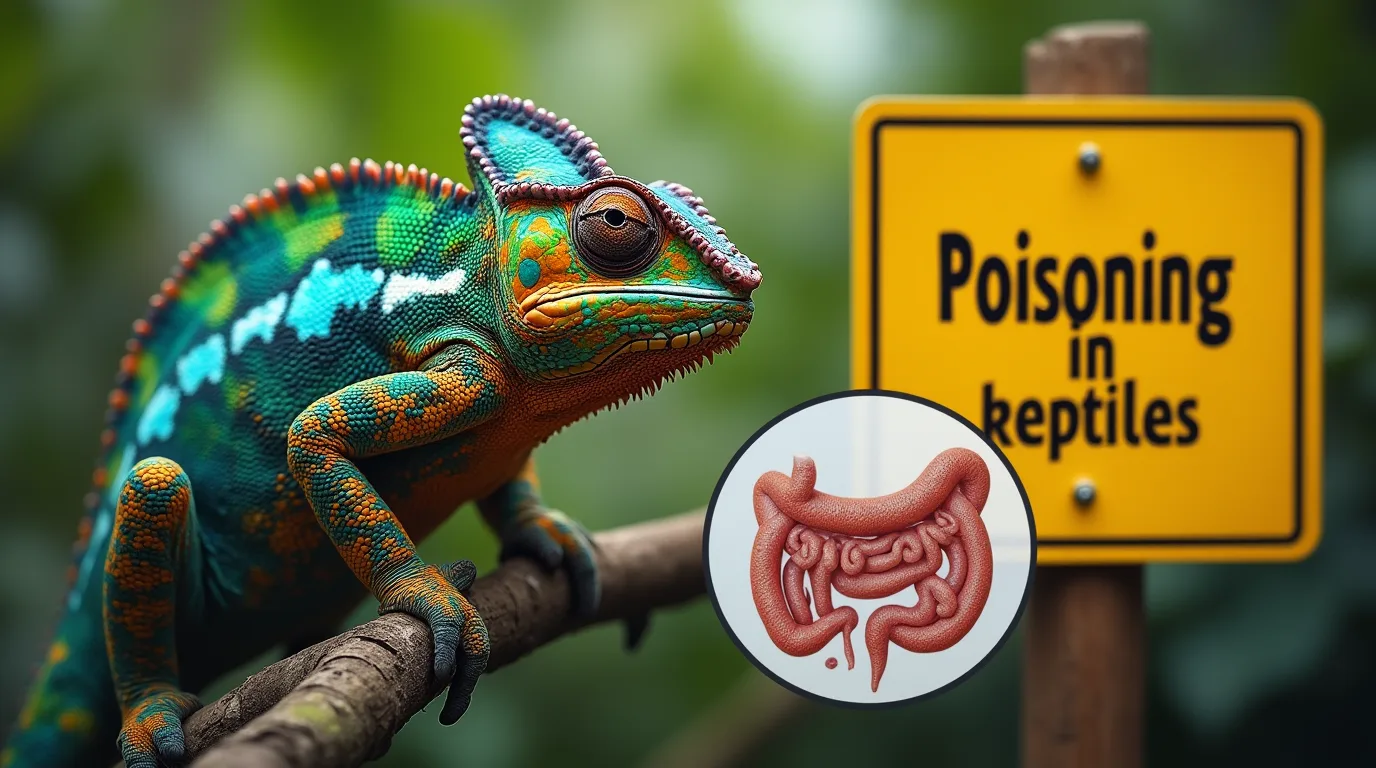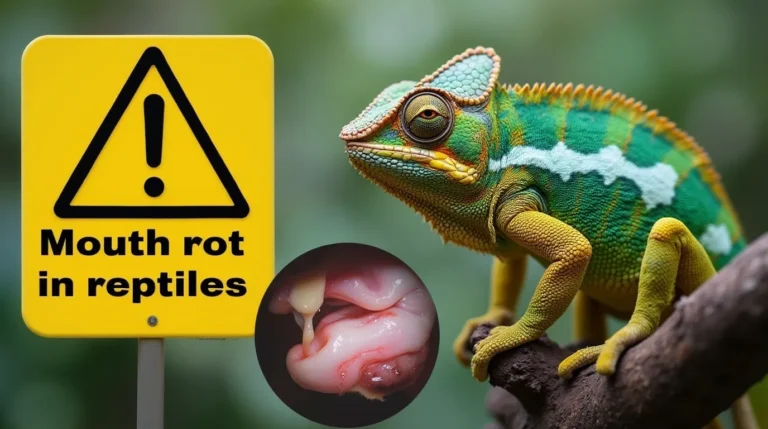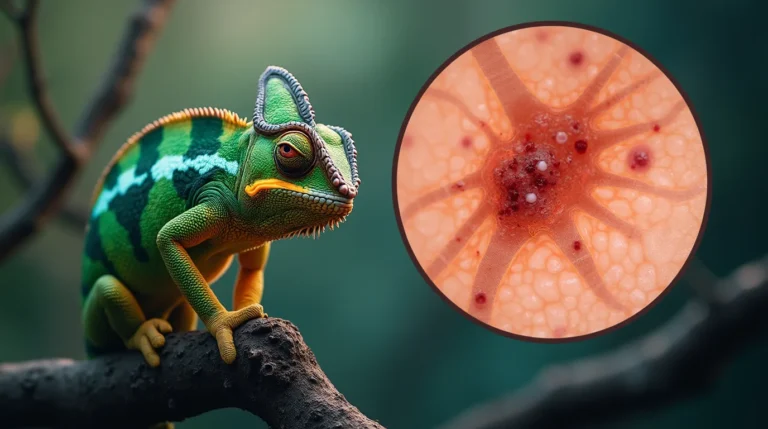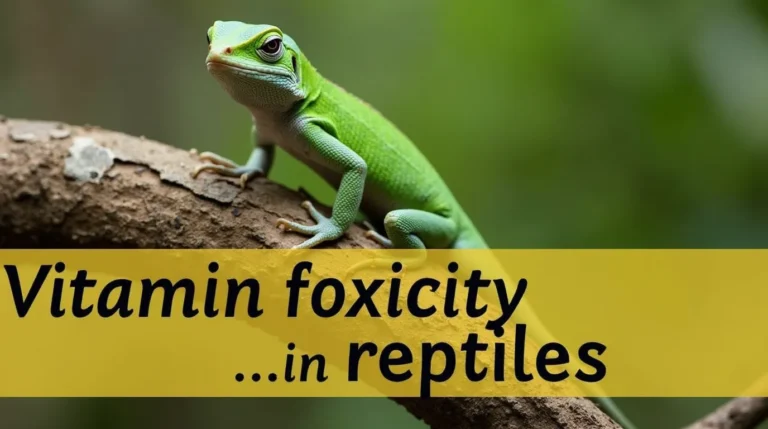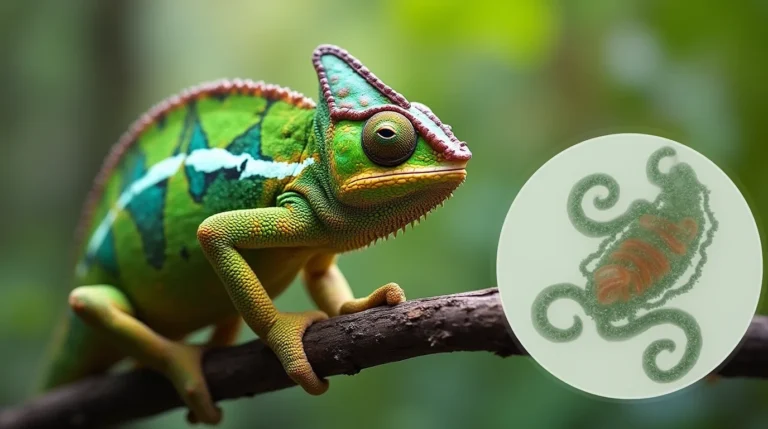Discover the critical toxic substances that can harm your reptile pet. Learn how to protect your scaly friend from dangerous poisoning risks and ensure their safety.
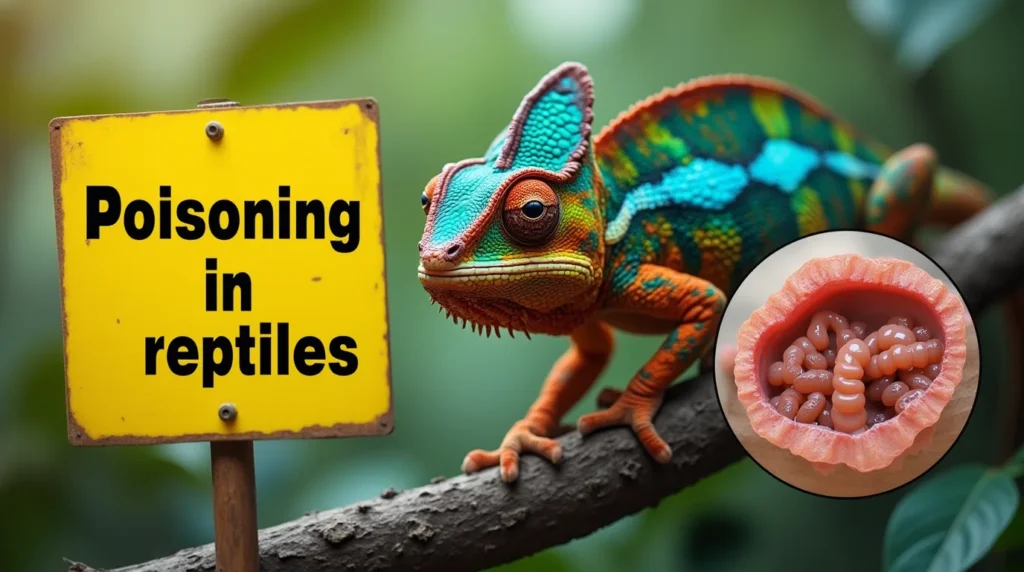
Table of Contents
Reptile ownership comes with a unique set of responsibilities, and understanding potential poisoning risks is crucial for maintaining your pet’s health and well-being. Poisoning in reptiles is a serious concern that can lead to severe health complications or even fatal consequences. This comprehensive guide will explore six toxic substances that pose significant dangers to your reptilian companion, providing you with essential knowledge to create a safe and healthy environment.
Understanding Poisoning in Reptiles: A Critical Overview
Poisoning in reptiles is often more complex and potentially more dangerous than in other pets due to their unique physiological characteristics. Reptiles have specialized metabolic processes and can be more sensitive to certain toxic substances, making prevention and awareness paramount for responsible pet ownership.
The Impact of Toxic Substances on Reptilian Health
Reptiles are particularly vulnerable to poisoning because of:
- Their permeable skin
- Specialized respiratory systems
- Unique metabolic processes
- Limited ability to detoxify certain compounds
The 6 Most Dangerous Toxic Substances for Reptiles
1. Heavy Metals: Silent Killers in the Reptile Environment
Common Sources of Heavy Metal Poisoning
- Lead-based paints
- Contaminated water sources
- Certain decorative items
- Old ceramic food and water dishes
Potential Health Effects:
- Neurological damage
- Organ failure
- Reproductive issues
- Immune system suppression
Prevention Strategies:
- Use only reptile-safe enclosure materials
- Regularly test water sources
- Replace old ceramic dishes
- Avoid lead-based paints near reptile habitats
2. Pesticides and Insecticides: Chemical Dangers
Reptiles are extremely sensitive to chemical compounds found in:
- Household pest control sprays
- Garden pesticides
- Cleaning products
- Certain substrate treatments
Risk Factors:
- Direct contact
- Inhalation
- Contaminated food sources
- Residual chemical exposure
Recommended Safety Measures:
- Use reptile-safe pest control methods
- Ventilate areas after chemical treatments
- Wash hands thoroughly before handling reptiles
- Choose organic, chemical-free substrate options
3. Toxic Plants: Natural but Dangerous
Many seemingly harmless plants can be lethal to reptiles, including:
- Philodendron
- Pothos
- Azaleas
- Oleander
- Certain ferns
Identification and Prevention:
- Create a comprehensive list of toxic plants
- Remove potentially dangerous plants from reptile habitats
- Research plant safety before introducing any vegetation
- Use artificial plants as a safer alternative
4. Improper Food Substances
Certain foods that are harmless or even beneficial to humans can be toxic to reptiles:
- Avocado
- Chocolate
- Caffeine
- Onions
- Garlic
Nutritional Considerations:
- Develop a species-specific diet plan
- Consult with a reptile nutritionist
- Always research before introducing new food items
- Monitor dietary intake carefully
5. Chemical Cleaning Agents
Household cleaning products can be extremely dangerous:
- Bleach
- Ammonia-based cleaners
- Disinfectant sprays
- Floor cleaners
Safe Cleaning Protocols:
- Use reptile-specific cleaning solutions
- Ensure complete rinsing of enclosures
- Ventilate areas thoroughly after cleaning
- Allow complete drying before reintroducing reptiles
6. Improper Substrate Materials
Certain substrate materials can introduce toxic elements:
- Cedar shavings
- Pine bark
- Chemically treated wood chips
- Inappropriate sand mixtures
Substrate Safety Recommendations:
- Choose reptile-specific substrate materials
- Avoid treated or chemically processed substrates
- Research substrate requirements for specific reptile species
- Replace substrate regularly to prevent bacterial growth
Recommended Pet Products on Amazon
- Zoo Med Reptile Carpet
- Exo Terra Terrarium Cleaner
- Fluker’s Reptile Calcium Supplement
- ReptiSafe Water Conditioner
Poisoning in Reptiles (FAQ)
Q: How quickly can poisoning affect my reptile? A: Depending on the toxic substance, effects can be immediate or develop over weeks or months.
Q: What are the first signs of poisoning in reptiles? A: Symptoms include lethargy, changes in eating habits, unusual discoloration, and respiratory difficulties.
Q: How often should I check my reptile’s environment for potential toxins? A: Conduct a comprehensive safety check at least monthly, with weekly visual inspections.
Q: Can I use human medical treatments for reptile poisoning? A: No, always consult a veterinarian specializing in reptile care for proper treatment.
Conclusion
Protecting your reptilian companion from poisoning requires ongoing vigilance, education, and proactive management. By understanding these six critical toxic substances and implementing comprehensive safety strategies, you can create a secure and healthy environment for your pet.
Call to Action: Share your experiences and insights about reptile care in the comments below! Have you encountered any unexpected toxic substances in your reptile’s environment?
Disclaimer: This article is for informational purposes only and should not replace professional veterinary advice.
Explore more expert pet care tips and guides at BlithePet

